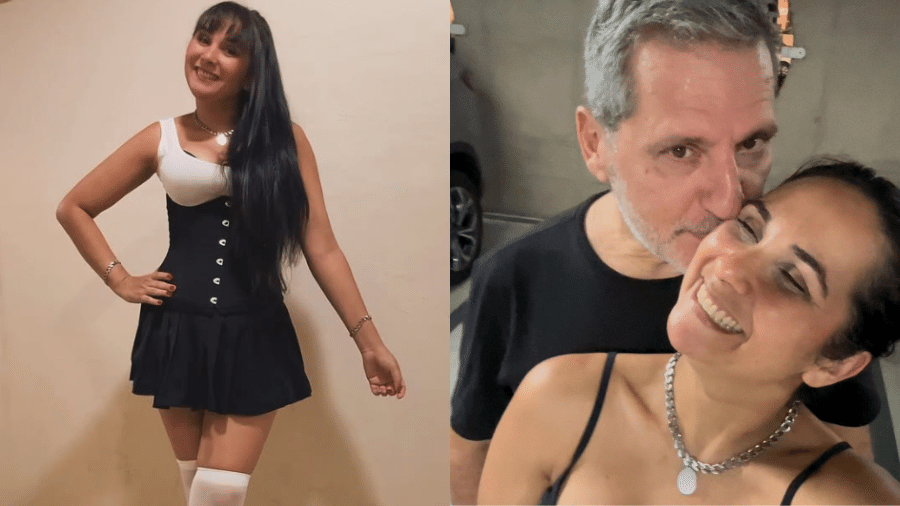J-Lo conta como comentários sobre bumbum grande afetaram sua autoestima

Há mais de 20 anos em Hollywood, Jennifer Lopez enfrentou problemas por não ter o corpo tão magro como o de suas colegas atrizes e cantoras: em janeiro, ela falou sobre a pressão que sofreu para perder peso e, agora, abriu o jogo sobre os comentários de diretores de cinema sobre... seu traseiro.
Em entrevista à "Variety", ela disse que já cansou de ouvir que tem o bumbum grande "demais". "Eles jamais diriam para um cara, 'o seu pênis é muito grande'", disse. "São dois pesos e duas medidas".
Apesar de chegar aos 50 anos cheia de autoestima e bem resolvida com seu tipo físico, J-Lo disse que esses comentários a afetaram por muitos anos.
Ela é mãe dos gêmeos Emme e Max, de 11 anos, e comparou seu sofrimento à pressão a qual os adolescentes são submetidos por conta da exposição nas redes sociais.
"[O que aconteceu comigo] é provavelmente a mesma coisa que as crianças tem que lidar hoje, com as redes sociais. Isso de 'todo mundo me odeia'. Não, todo mundo não te odeia. São apenas algumas pessoas dizendo algumas coisas ruins", disse.














ID: {{comments.info.id}}
URL: {{comments.info.url}}
Ocorreu um erro ao carregar os comentários.
Por favor, tente novamente mais tarde.
{{comments.total}} Comentário
{{comments.total}} Comentários
Seja o primeiro a comentar
Essa discussão está encerrada
Não é possivel enviar novos comentários.
Essa área é exclusiva para você, , ler e comentar.
Só s do UOL podem comentar
Ainda não é ? Assine já.
Se você já é do UOL, faça seu .
O autor da mensagem, e não o UOL, é o responsável pelo comentário. Reserve um tempo para ler as Regras de Uso para comentários.